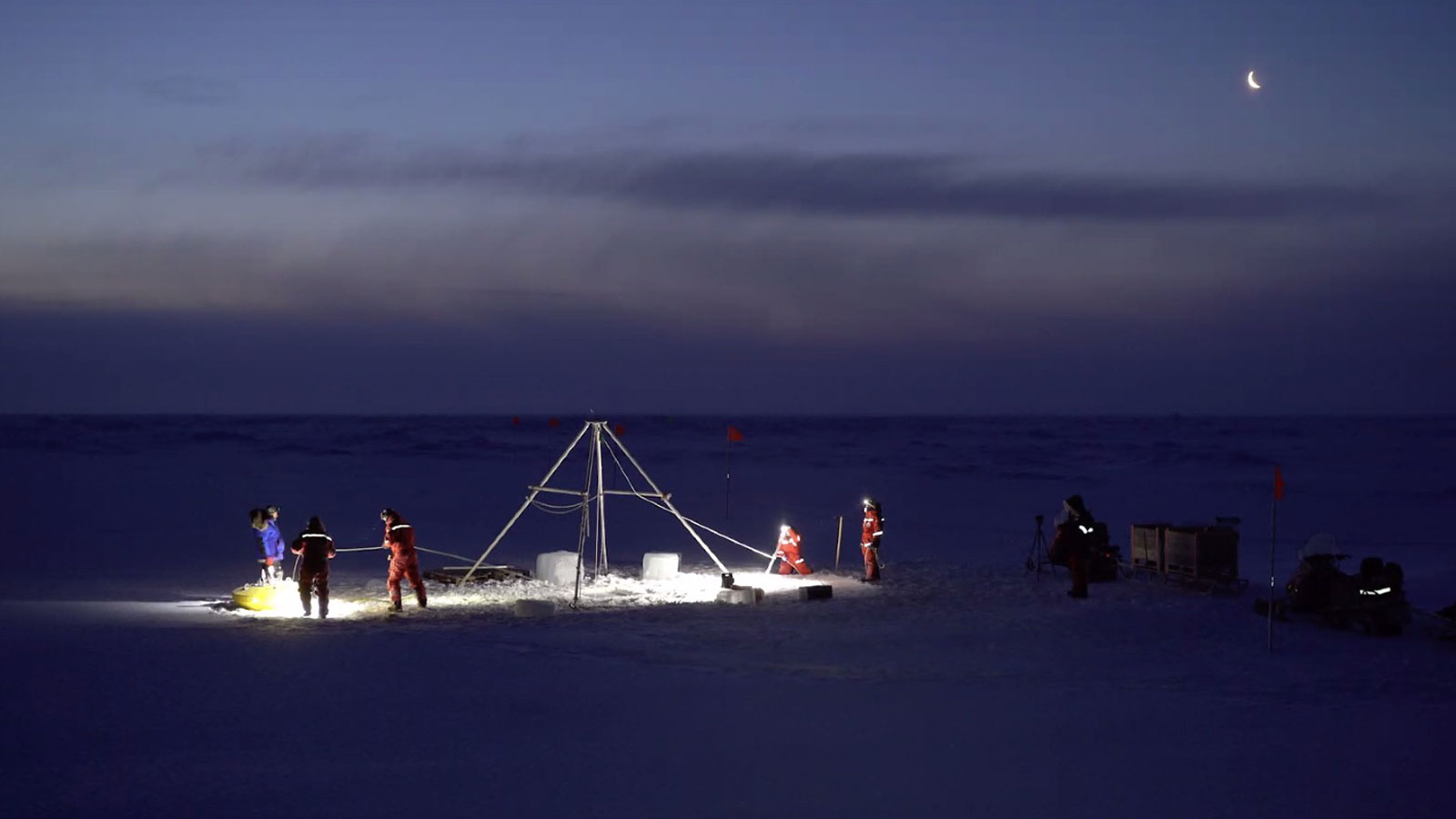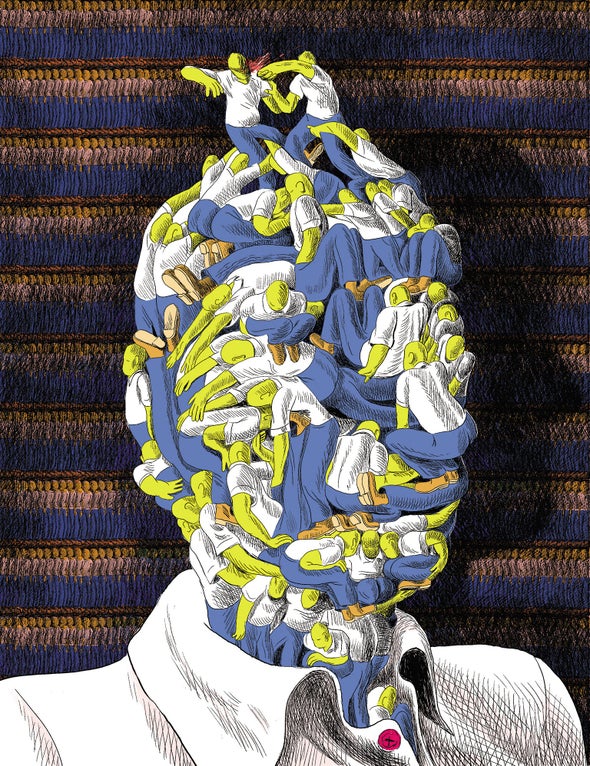It was a tumultuous year, and as a result, most of my reading was online news and articles. I am embarrassed to admit how few books I read in 2020. Perhaps I'll do better next year, if there's less political drama from south of the border, and we finally get the pandemic under control.
So these are the few books I managed to finish this year.
Neil Gaiman: The Sandman. I have been wanting to read The Sandman series for some time. I finally managed to read the first five books (Overture, Preludes and Nocturnes, The Doll's House, Dream Country, and Season of Mists) by downloading them from the library and reading them on my Samsung tablet. (I had tried to read the print editions and could not as the print was just too small). I enjoyed Overture the most, because the artwork was so spectacular, and found the stories in some of the third and fourth books hit or miss. I will get back to the series at some point.
William Gibson: The Peripheral and Agency. I decided to reread The Peripheral before starting Agency, and I am glad I did, as I enjoyed it more than the first time I read it. I liked Agency, but it didn't have the impact that The Peripheral did. The ending felt rushed and left me somewhat disappointed.
Peter F. Hamilton: Salvation. This is the first book in a new trilogy by Hamilton. If you like his books, I'd recommend it, but it's probably not the place to start if you are new to his work; try Pandora's Star or Fallen Dragon instead. I enjoyed it, but was aware that there it would take a long time to get moving. Once it did, I couldn't put it down.
Ian McDonald: Luna: Wolf Moon and Luna: Moon Rising. McDonald is one of my favourite writers and his Luna trilogy didn't disappoint. I doubt that a lunar civilization would work the way he described, but it's still a powerful and action-packed story.
Robert J. Sawyer: The Oppenheimer Alternative. This is an alternate history written largely from the point of view of Robert Oppenheimer. It's deeply grounded in historical fact and doesn't diverge too much from our history until about halfway through the book. It's certainly one of Sawyer's better books and should be a must for anyone who likes alternate histories or historical novels, but it's not as much of a thrill ride as his previous book, Quantum Night.
Greg Rucka and Leandro Fernadez: The Old Guard. I read this after seeing the movie on (I think) Netflix, figuring the graphic novel might be enjoyable. I preferred the movie and never finished the book.
I tend to have several books on the go at once. This is what I'm reading now:
- Peter F. Hamilton: Salvation Lost
- Joel Selvin: Fare Thee Well
- Farah Mendlesohn: The Pleasant Profession of Robert A. Heinlein
- Gardner Dozois: The Year's Best Science Fiction, 34th Edition
- Benjamin Dreyer: Dreyer's English
- Michael D. Leimbach: Bringing Columbia Home
- Brian Herber and Kevin J. Anderson: Dune, the Graphic Novel, Book 1













